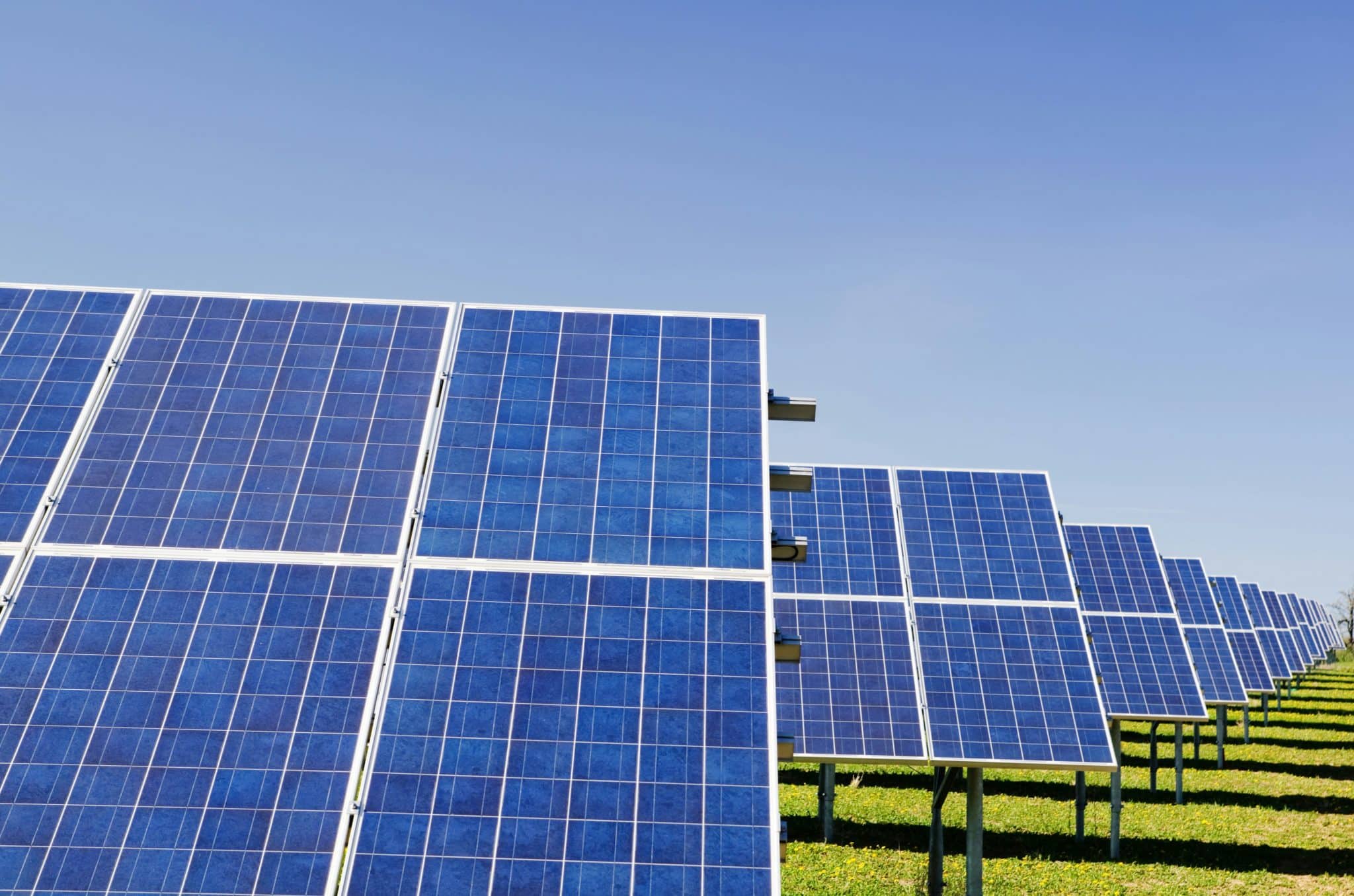Date 23.02.2024
Proposed Rule Changes for Solar Energy
Recently, a series of interesting initiatives have been introduced with the goal of amplifying renewable energy production from solar power. At Hjort, we are closely monitoring this progressive and promising endeavor.

Proposed Modifications in Concession Obligation Rules for Solar Power Plants
On February 5, 2024, NVE proposed modifications to the regulations determining which solar power plants require a concession under the Energy Act. As per the existing rules, solar power plants need a concession if the establishment of high-voltage facilities is necessary for power distribution to the grid. NVE’s suggestion is to implement a power limit of 5 MW, which would primarily affect larger, ground-mounted facilities.
The objective of this proposal is to establish a more definitive boundary for concession obligations, based on evaluations of how different types of facilities should be managed between municipalities and NVE. NVE believes that it would be suitable for municipalities to oversee smaller facilities under 5 MW, while NVE should handle larger, often more complex and contentious facilities over 5 MW.
In our perspective, introducing a clear power limit for concession obligations would be a logical move. However, it warrants further consideration whether the power limit should be set higher than 5 MW to reduce the number of facilities requiring NVE’s concession processing. This largely depends on the duration of NVE’s case processing in the future. If NVE’s case processing becomes a hindrance to development, it might be worth considering raising the power limit, allowing more facilities to be managed by the municipalities.
Proposed Changes in the Concession Process for Solar Power Plants
Just before the holiday season, the Ministry of Local Government and Regional Development and the Ministry of Petroleum and Energy (the Ministry of Energy as of January 1, 2024) proposed changes to the process of establishing solar power plants on land subject to concession requirements. A key proposal is that individual municipalities must approve land use for solar power through area regulation under the Planning and Building Act before a concession can be granted for solar power plants under the Energy Act. This differs from the current scheme, which does not require area regulation for concessionable solar power plants. However, the practical implications of this proposal should be considered in the context that even under the existing system, solar power plants cannot be built in conflict with municipal land use plans.
Another significant proposal is that concessions for solar power plants should not automatically have effect as a state plan. Instead, any potential state land use plan for solar power plants should follow the standard provisions for state land use plans.
These proposed changes align with the current regulation of onshore wind power, adopted in the summer of 2023. The primary aim of these proposals is to bolster the role of municipalities in the planning and development of land-based solar power.
Given the experiences from the development of onshore wind power, we concur with the departments that enhancing the role of municipalities could be beneficial. However, we have concerns about whether the proposed changes will result in longer case processing times and less tidy processes. The importance of efficient processes without unnecessary duplication should be heavily considered in the further development of these regulations.
Proposed Changes in the Rules for Distributing Self-Produced Electricity
On the same day NVE recommended changes in the rules on concession obligation for solar power, RME proposed changes to the regulations for distributing self-generated electricity from sources including solar power plants. These proposed changes are primarily applicable to commercial properties, as the proposed distribution scheme only applies to grid subscription customers where the energy component does not cover fixed costs in the power grid. These proposed changes supplement the existing distribution scheme introduced on October 1, 2023, which also applies to residential customers.
The objective of the rules on distributing self-generated electricity is to enable network customers/metering points participating in the solution to reduce their power withdrawal from their regular electricity supplier through the grid, without the need for a physical cable from the local production facility. The locally produced power is fed into the grid and is distributed among those participating in the distribution solution through a financial settlement. Network customers/metering points receiving locally produced electricity save on grid rent and fees compared to receiving electricity from a regular electricity supplier, while the local producer can charge for the power that is distributed. The rules on sharing self-produced electricity can thus provide an economic incentive for the construction of more local production facilities, for example solar power plants on roofs in housing cooperatives and commercial buildings.
RME’s proposal suggests that producers with up to 5W installed power should be able to distribute electricity to neighboring properties. This proposal differs from the current distribution scheme, where the limit is at 1 MW installed power, and where the electricity can only be distributed within the same farm and usage number.
In our perspective, it will be beneficial to increase the power limit and allow distribution to neighboring properties. The proposed changes could provide a strong incentive for further development of solar power plants on commercial properties.
Hjort Tracks Regulatory Developments

The aforementioned proposals for rule changes are currently under further review by the authorities. As legal professionals with expertise in planning and building law, public administration, and the energy sector, we are enthusiastic about new proposals that can boost renewable energy production from solar power. We are closely monitoring these regulatory developments and eagerly anticipate assisting our clients with innovative projects in the future.



